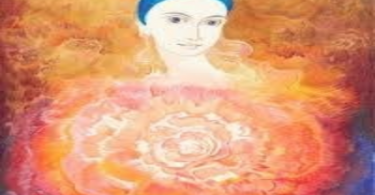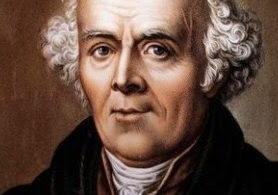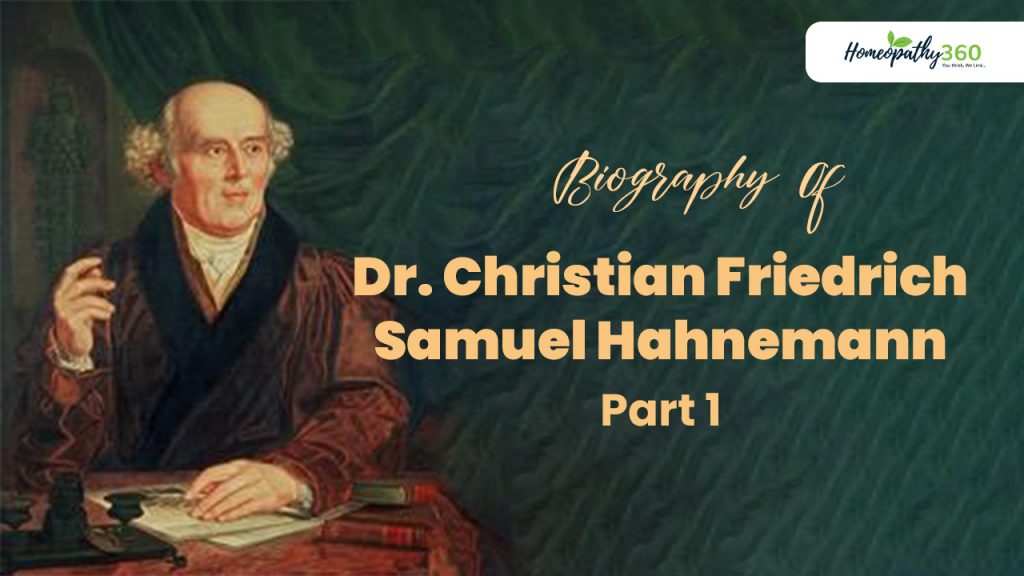
Dr Christan Friedrich Samuel Hahnemann is known as the Father of Homoeopathy. He was born on 10th April, 1755 (midnight) at Meissen in the Electorate of Saxony in Germany. His father was Christian Gottfried Hahnemann (1720-1787) who worked as a porcelain painter in a porcelain factory. His mother’s name was Johanna Christiana nee Spiess. Hahnemann was the third child of his parents. He died on 2nd July, 1843.
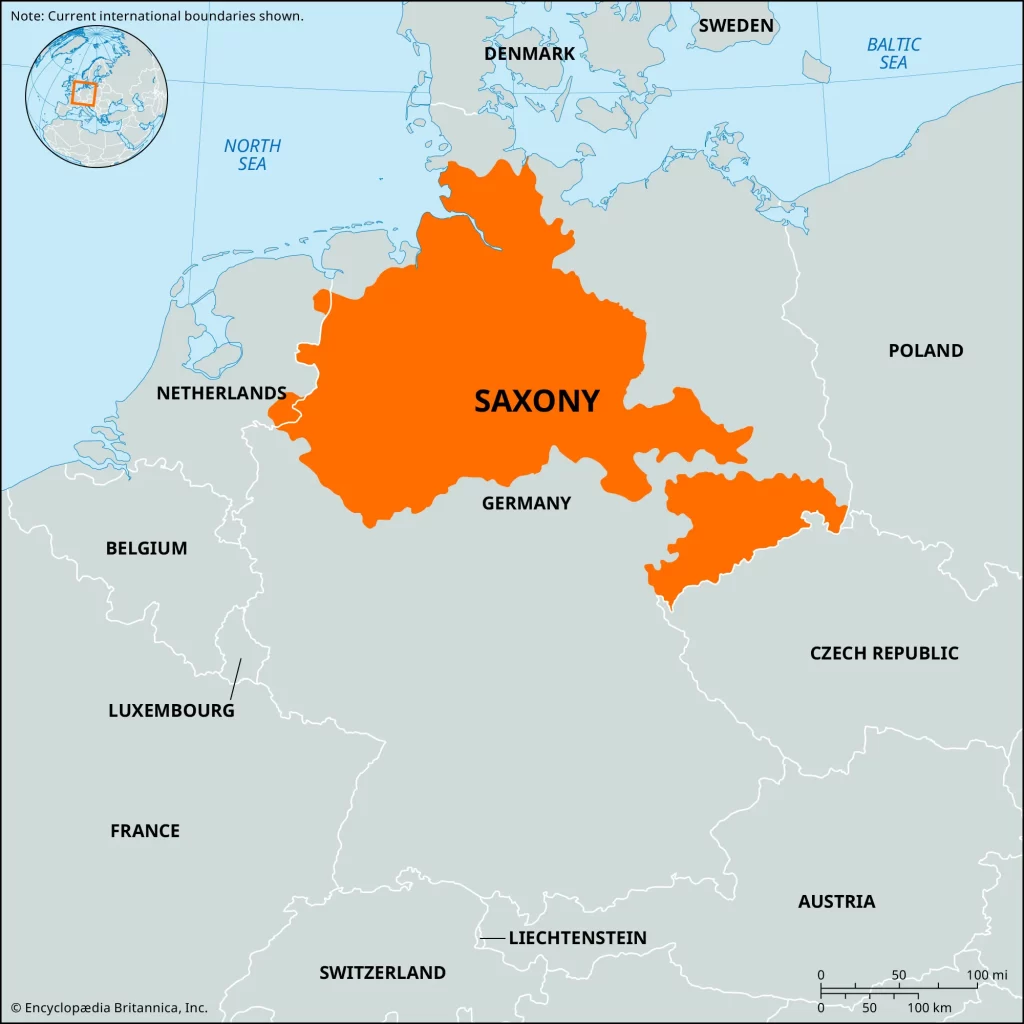
Now, let us explore the various phases of the life of Master Hahnemann –
CHILDHOOD OF HAHNEMANN
Hahnemann was a thin, physically delicate and fair-haired child. He had clear piercing eyes. He did not have a robust health. But he was a very well-disciplined boy. He respected his family and parents. He was religious minded. He was a lover of nature and liked to roam about in the hills behind the town of Meissen and along the river banks. He also kept a collection of local plants and flowers. Had a studious disposition since childhood.
EDUCATION (1767-1779)
EARLY EDUCATION
Being from a poor family, parentstaught Hahnemann how to read and write. Hahnemann’s father gave him a sound grounding and highest standards of behaviour. He taught him to act and live without pretence or show. He made him an original thinker with the help of ‘thinking lessons.
SCHOOL EDUCATION
Hahnemann was an excellent student, and in view of his poverty, and promise, both elementary and secondary school absolved him of the obligation to pay fees.
Town’s school- 20th July 1767- (till 15 years of age)
His attendance at school was intermittent, as his father repeatedly took him away from school, for more than a year at a time, so that Hahnemann may pursue some business to suit the income of his family.
One teacher, MAGISTER JOHANN MULLER taught Hahnemann Latin, Greek and German (later, Johann Muller became the Rector of the Prince’s Grammer School). Hahnemann was his favourite student and was given preference most of the times. He had free access to Muller at any hour of the day, who authorised Hahnemann to impart the rudiments (a first principle, or element or fundamentals as of language to be learned) of Greek language to other pupils. As Hahnemann was a physically weak and sensitive pupil, he was falling ill due to over studying. So, he was allowed to absent himself from some lessons. Muller loved Hahnemann as if he was his own child. Along with Hahnemann and his mother, Muller convinced Hahnemann’s father to continue Hahnemann’s study; as Hahnemann had an exceptional academic ability.
Prince’s Grammar School (at Meissen) (admitted at 16 years of age)
This school was established in 1544 by the then Elector of Saxony. The school moto read ‘Sapere Aude’ (Latin: Dare to be Wise), words from the Roman poet and artist, Horace.
1755, School leaving ceremony
At the school leaving ceremony-
Hahnemann delivered a Latin Oration-
A dissertation in Latin-
‘THE WONDERFUL CONSTRUCTION OF THE HUMAN HAND’
COLLEGE (FURTHER EDUCATION)
1755- Leaves for Leipsic from Meissen to study medicine (for higher studies in medicine) at the University of Leipsic (this University had a reputation as a centre of culture and learning, not only in Germany but throughout Europe)
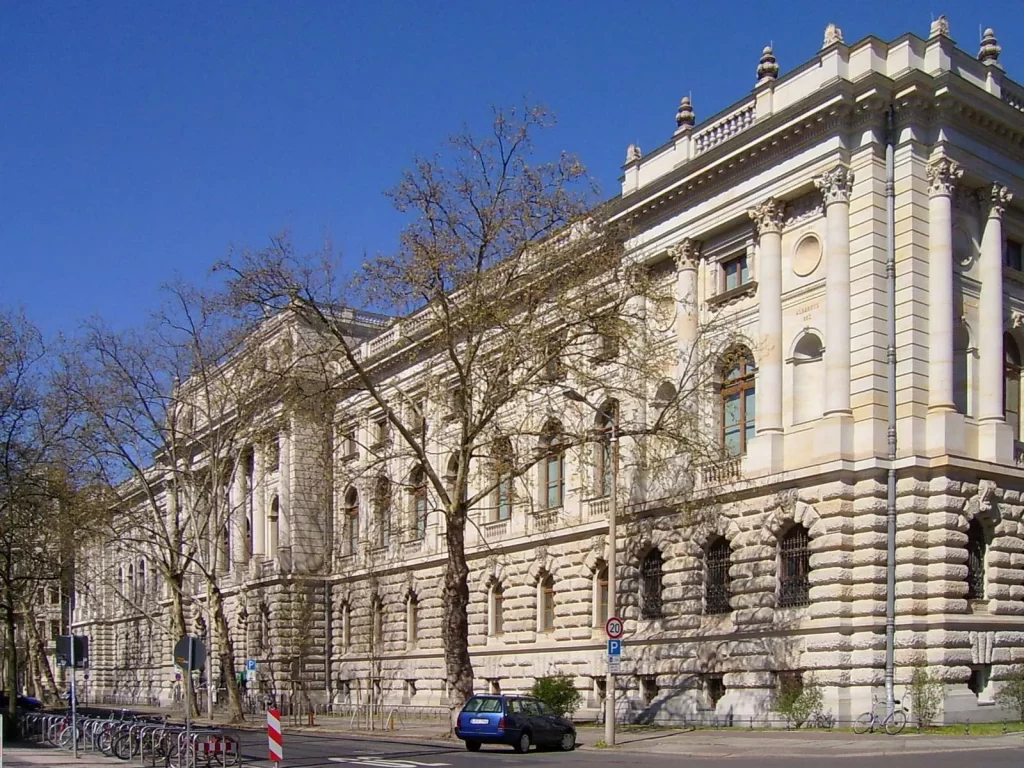
Hahnemann had left with a small bag having few clothes, some pens and 20 thalers or 8 pounds £ (which his father gave him). This was the last amount from his family; after this, he became self-supporting. He took his father’s advice to heart, ‘prove all things, hold fast that which is good’.
At Leipsic, he earned his bread and butter by teaching French and German and translating books from Greek and French into German. During those days, Hahnemann had become a master of about a dozen of languages- Greek, Latin, English, Italian, Hebrew, Syriac, Arabic, Spanish, German and some smattering of Chaldaic. But, he had no social life as all his energy was spent in earning his living. He sustained himself with limited means. He did regular physical exercises to stand the strain of mental exertion.
Soon, frustration developed because studies at Leipsic seemed to be a disappointment, as the medical curriculum included no clinical training and no practical facilities like hospital or clinic for studies in medicine.
Then, Hahnemann decided to leave Leipsic in 1776 (after almost 2 years of stay)
Leipsic to Vienna (1777), the capital of Hapsburg empire
The advantages for medical study were much greater at Vienna.
Hahnemann joined the hospital of Brothers of Mercy in the suburb of Leopoldstadt.Here, he worked under Dr. Joseph von Quarin (the senior physician of hospital and aroyal physician, i.e., a physician to the empress Maria Theresa, the ruler of Hapsburg empire).
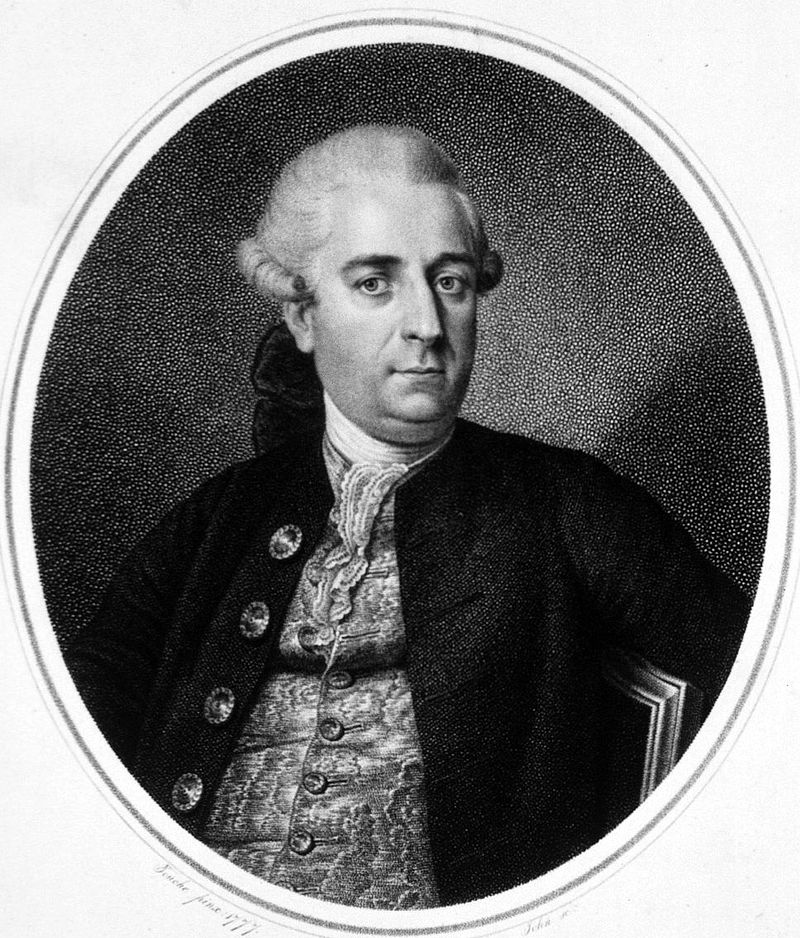
Thus, Hahnemann obtained practical medical training, which was denied to him at Leipsic.
Dr. Quarin singled him out as a student of promise and also helped him financially. Hahnemann became his favourite and was the only one allowed to accompany him to his private patients. Hahnemann spent 9 months under the tuition of Dr. Quarin.
As Hahnemann was busy in his work, he had no time to earn money and the money earned in Leipsic was spent within 9 months in Vienna, while working under the tuition of Dr. Quarin.
Shortly afterwards, the Governor of Transylvania, Baron von Brukenthal, one of the richest man in the country, came to Vienna on a political mission.
Dr. Quarin arranged for Hahnemann to be introduced to him. Brukenthal offered Hahnemann, the post of librarian and his family physician at his home in Hermanstedt. Hahnemann accepted the post.
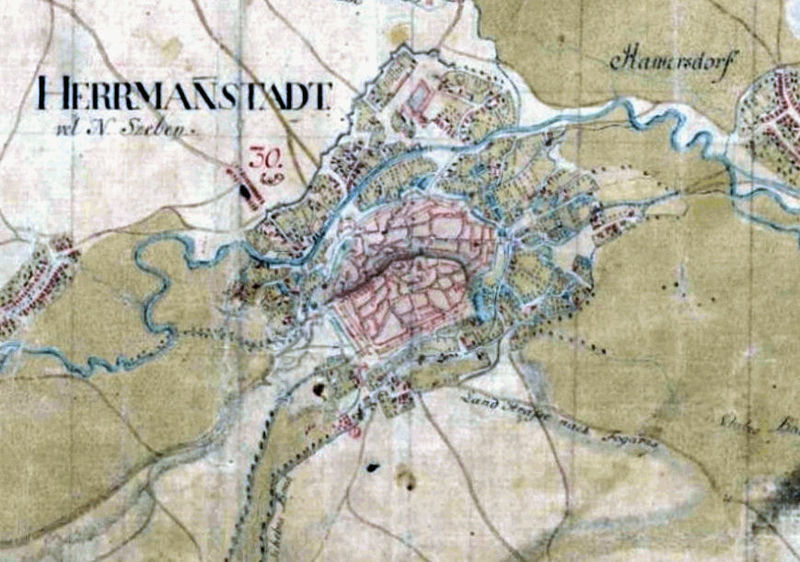
Vienna to Hermannstadt (stayed at Hermannstadt for 2 years- 1777-1779)
Here, Hahnemann catalogued the library of books and manuscripts, classified collections of coins, practiced medicine in that town and acquired knowledge of literature, botany, chemistry and several languages.
After 2 years, he had become competent in German, Latin, Greek, English, Spanish and some other languages too and had collected enough funds to continue his medical education.
Hermannstadt to Erlangen– in 1779
In 1779, instead of returning to Leipsic, he went to Erlangen, which was even more distant, because:
Frustrations at Leipsic, due to lack of practical facilities
- Tuition fees at Erlangen were much lower.
- Erlangen University would accept a late registration and required only a minimal period of residence at the University to qualify for admission to final exam.
- During this period of the 18th century, there was a tremendous intellectual movement in Germany. Rationalist school of scientists, scholars, philosophers, poets, dramatists, and writers like Goethe, Schiller, Gellert, Lessing stimulated the thoughts and a movement called ‘illumination’was prevalent which brought free thinking. At reformed Universities of Erlangen, Halle, Gottingen- freedom of opinion and teaching were encouraged, and they countered the narrow, orthodox approach of older universities of Leipsic and Wittenberg.
Here Samuel studied intensively throughout the summer term. Passed the final exam, and, Submitted a short 20-page thesis entitled
‘CONSPECTUS ADFECTUM SPASMODICORUM AETIOLOGICUS ET THERAPEUTICUS
Richard Haehl translates its meaning as, ‘A view of the causes and treatment of cramp’
Trevor M. Cook translates its meaning as, ‘Summary of the conditions of cramp according to cause and cure’
Then, following a verbal exam (viva)
On 10 August 1779, Hahnemann was awarded the degree of ‘Doctor of Medicine’ from the Erlangen University
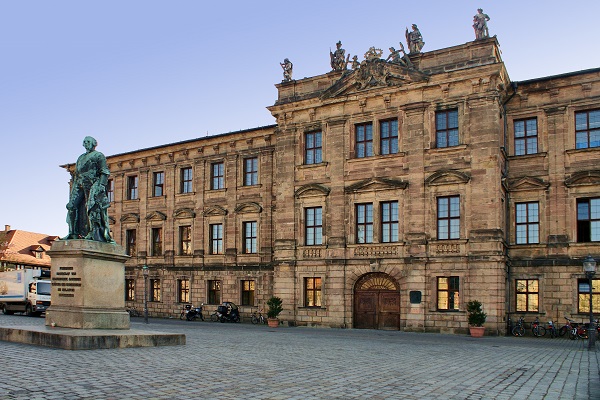
READ MORE –
https://www.bjainbooks.com/product-detail/samuel-hahnemann-his-life-times-by-treveor-cook
https://www.bjainbooks.com/product-detail/samuel-hahnemann-his-life-and-memory
Note: Biography Of Dr. Christian Friedrich Samuel Hahnemann Part 2


